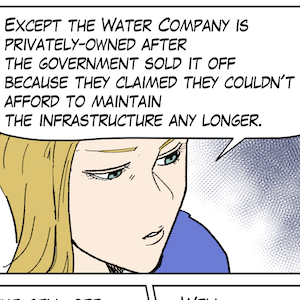The federal government would sack the RBA Board and Governor except it is too busy jumping at its own shadow
It’s Wednesday and as usual I cover a few topics briefly rather than provide a deeper analysis of a single issue. Today, I consider yesterday’s RBA monetary policy decision which held interest rates at elevated levels despite the inflation rate dropping towards the lower range of its targetting band. The RBA has lost credibility and the federal government should sack the RBA Board and Governor. The problem is that the federal government is too busy jumping at its own shadow to actually take any meaningful decisions about almost anything. I also reflect on the recent decision by the Nobel Committee to award the Peace Prize to the – Hibakusha – which reminds us of the devastation that nuclear arms can (and did) cause. Some other matters then precede today’s great music segment.

